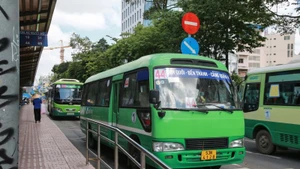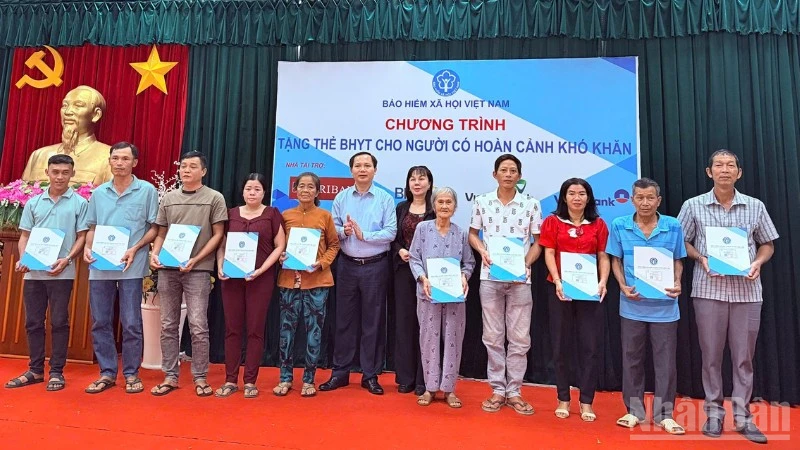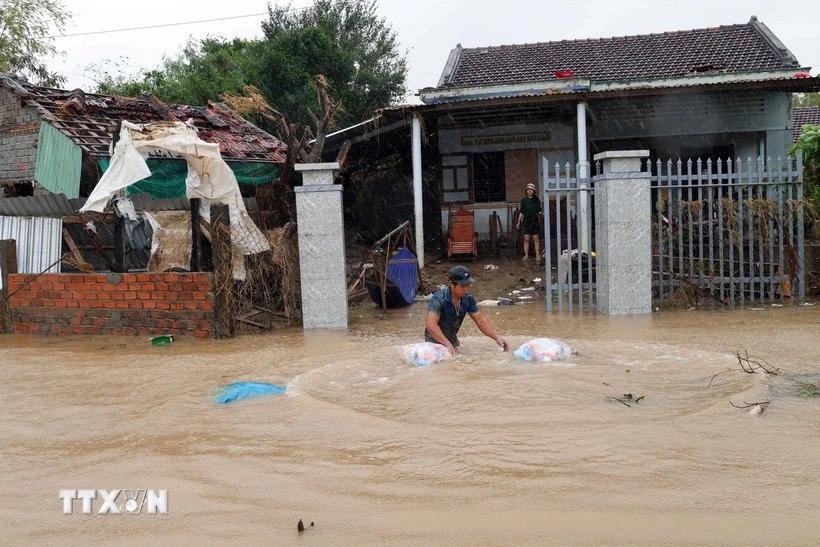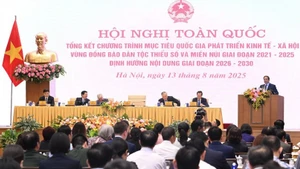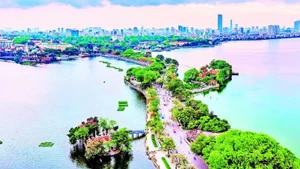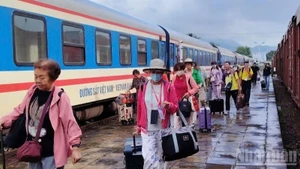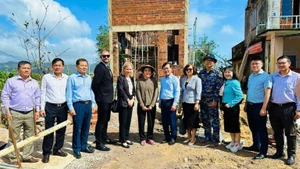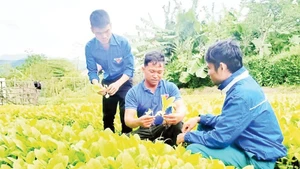During 2016 - 2020, about 1,100 hamlets and villages in the buffer zones of nature reserves nationwide were assisted with about 43.8 billion VND (1.9 million USD) in total, including 41.8 billion VND from the State budget and 2 billion VND from other sources. The aid was spent mainly on developing infrastructure such as roads, community houses, and clean water supply facilities, according to the reserves’ management boards.
Pham Van Luong, Country Director of Helvetas Vietnam, suggested several measures for developing livelihoods for residents in the buffer zones of national parks and nature reserves.
He recommended forming value chains for valuable industrial and non-wood products that are in demand; developing community-based eco-tourism, especially in the reserves close to major tourism hubs like Hanoi, Ho Chi Minh City, Hai Phong, Hue, Da Nang, Hoi An, Ninh Binh, and Da Lat; and equipping local residents with vocational skills and introducing jobs to them.
Experts Pham Vu Anh and Tran Thi Hong Hanh held that forest conservation should not be separated from the interests of local communities, noting that the communities involved in forest management will play an active part in forest protection and reasonably exploit the resources in the areas they are in charge of.
They added the moves taken by forest management boards to seek non-budget income like developing eco-tourism and leasing forest environmental services to share benefits with communities in the buffer zones will be helpful in the conservation.
A representative from the Vietnam Administration of Forestry said it is necessary to promote livelihood development models for residents in the buffer zones. Besides, the models should also be combined with the national target programmes on new-style rural area building and socio-economic development in ethnic minority and mountainous areas so as to support those communities.


